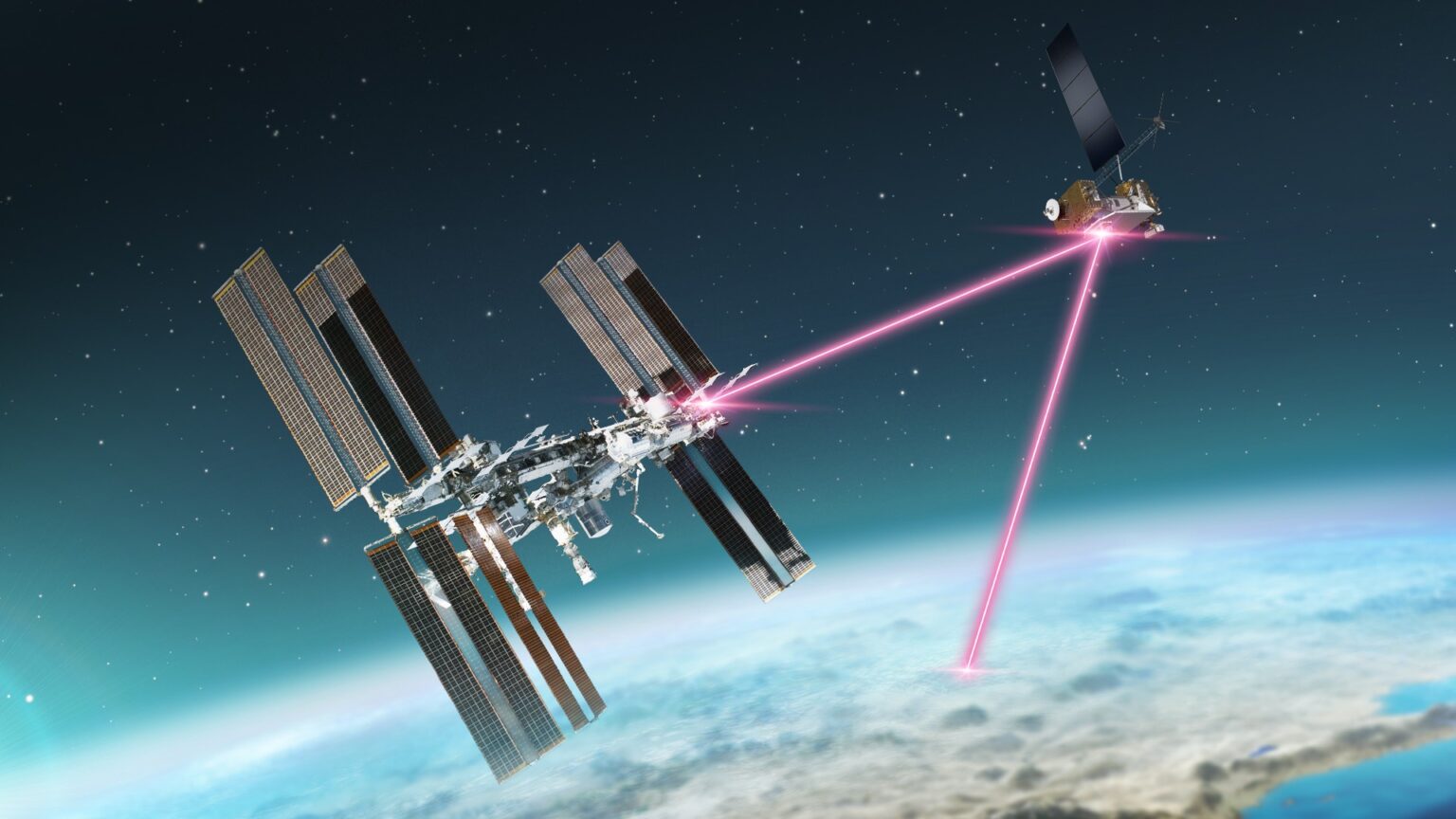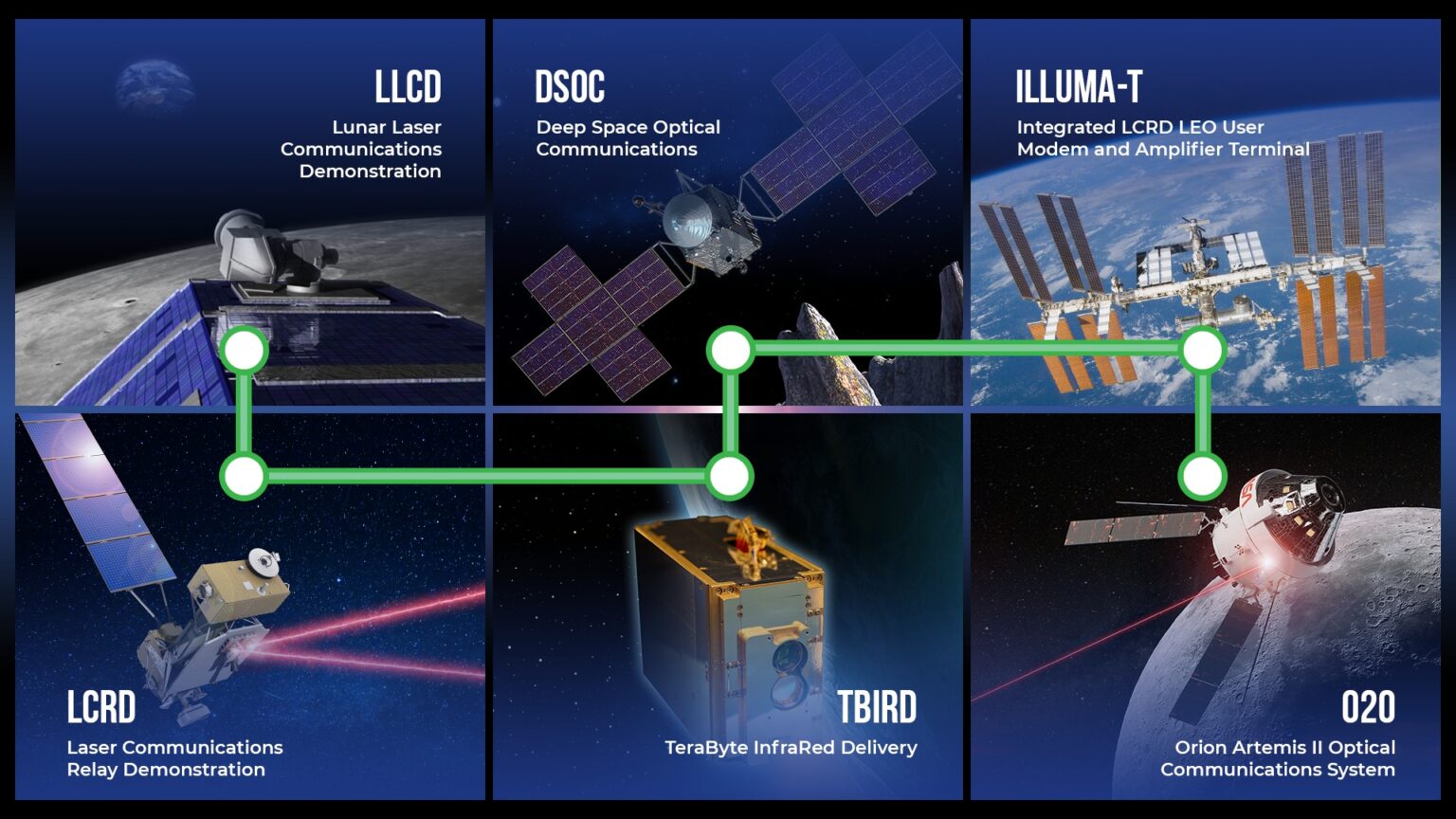Revolutionary research is taking place aboard the International Space Station (ISS), opening up new horizons for space travel and providing humanity with the opportunity to live and work in space. In over two decades of its existence, the ISS has become not only a symbol of international cooperation but also a laboratory for conducting a wide variety of research, including the study of microgravity, biology, agriculture, and communication. One of the sensational achievements of the ISS was the establishment of high-speed broadband internet with a speed of 600 Mbps, which is 10 times faster than the average global internet speed.

In 2021, the National Aeronautics and Space Administration (NASA) began a revolutionary project to integrate technology demonstrators on the ISS that explore laser communication and data transmission in space. The system, which already exists on the ISS, includes the Laser Communications Relay Demonstrator (LCRD) and will soon receive an upgrade from the integrated modem terminal and amplifier for low earth orbit user (ILLUMA-T). After the upgrade, this system will become the first two-way laser relay system to provide the ISS with gigabit internet connectivity.
Incredible Speed
Such systems use infrared light, allowing for data transmission at incredible speeds. This method offers many advantages for laser relays in missions in low Earth orbit. It will also enable missions beyond low Earth orbit to transmit more images and videos to Earth in a single transmission. Due to their lightweight and efficiency, laser systems consume less energy compared to radio communication. The ILLUMA-T system occupies minimal volume and will be installed during the 29th SpaceX Commercial Resupply Services mission.
Badri Younes, former Deputy Assistant Administrator of NASA’s Space Communications and Navigation (SCaN) program, emphasized, “Laser communication offers missions greater flexibility and faster access to data from space. We are integrating this technology for demonstration in low Earth orbit, on the Moon, and in deep space.”
After arriving at the ISS, ILLUMA-T will be attached to an external module for joint research with LCRD. NASA recently completed a year-long campaign of experiments with LCRD to enhance laser communication capabilities.
Laser Communication across the Solar System
Successful experiments were also conducted by NASA during the Lunar Atmosphere and Dust Environment Explorer (LADEE) mission in 2014, where the Lunar Laser Communication Demonstration (LLCD) transmitted data between lunar orbit and Earth. The Lasercomm optical payload for laser communication also demonstrated in 2017 the advantages of laser communication for data transmission between Earth and space compared to radio signals. Experiments will continue throughout the mission, testing laser communication in various scenarios and providing crucial information for future missions to the Moon, Mars, and beyond.

It is expected that future robotic and crewed missions will use laser communication alongside radio systems to provide high-speed connections for astronauts with their families on Earth, which is essential for long-duration missions. This technology will also allow robotic probes to send more data to Earth, significantly increasing the scientific output of individual space missions. Laser communication is a key step in the development of space research and exploration.
Previously, we reported that SpaceX is implementing internet traffic restrictions via Starlink.
Based on materials from NASA.
